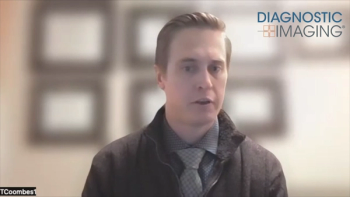
Residency program embraces informatics curriculum
Instead of scrounging for informatics training from grand rounds speakers or random presentations, residents at one medical center can now take advantage of an informatics-specific curriculum.
Instead of scrounging for informatics training from grand rounds speakers or random presentations, residents at one medical center can now take advantage of an informatics-specific curriculum.
The radiology residency program at the Geisinger Medical Center in Danville, PA, includes an informatics curriculum that meets the six general competencies prescribed by the Accreditation Council for Graduate Medical Education.
As informatics technology continues to explode across the radiology landscape, relevant education becomes increasingly important in preparing radiologists for the digital world.
"Informatics is becoming a subspecialty in radiology, and a formal curriculum is required," said Dr. David Weiss, clinical head of imaging informatics at Geisinger.
At last year's RSNA meeting, Weiss outlined the school's residency program and detailed how each part of the informatics curriculum encouraged competency across the six general ACGME requirements: patient care, medical knowledge, practice-based learning and improvement, interpersonal and communication skills, professionalism, and systems-based practice.
Each year of the four-year residency program builds upon knowledge obtained in the previous year:
* Year 1: Focuses on practical use issues.
* Year 2: Teaching emphasizes an increase in speed and efficiency. Basic information instruction is added.
* Year 3: Topics are tackled at an intermediate level.
* Year 4: Teaching can be customized for residents with special interests.
Weiss gave an example by following one of the six general competencies, interpersonal and communication skills, through the four years of the curriculum.
In the first year, residents touch on computer basics such as e-mail, PowerPoint presentation, and creation of reports. During the second year, they work on improving skills such as reporting and using macros.
Residents entering their third year explore more specific topics such as the principles of speech recognition. In the fourth year, their knowledge base is further developed through discussion of topics such as multimedia reporting, the future and efficiencies of communication, and integration.
The program is flexible. During the fourth year, residents with an interest in a particular clinical subspecialty or in informatics as a subspecialty are accommodated, according to Weiss.
Not only does the program help residents prepare for a career, it has also developed an increased interest in informatics at the institution, he said.
Newsletter
Stay at the forefront of radiology with the Diagnostic Imaging newsletter, delivering the latest news, clinical insights, and imaging advancements for today’s radiologists.




























